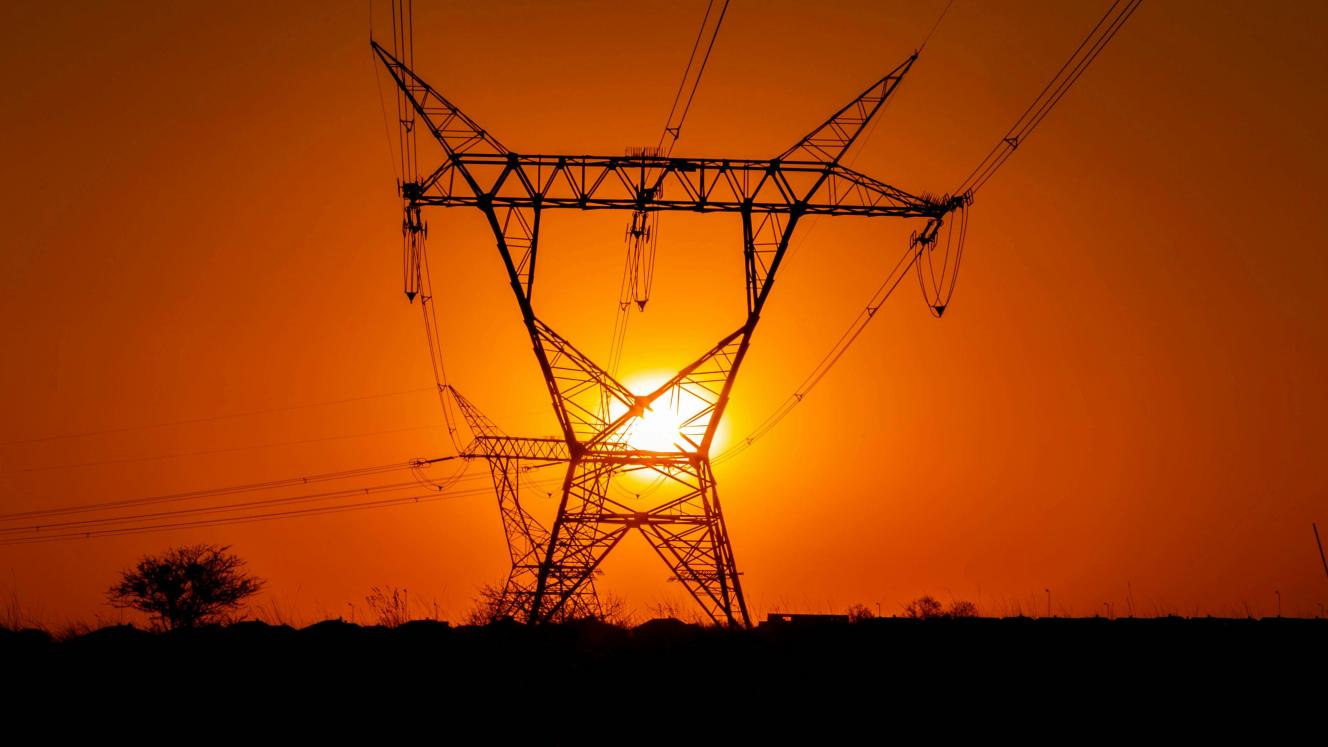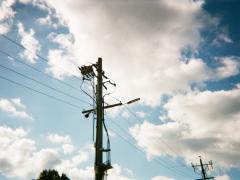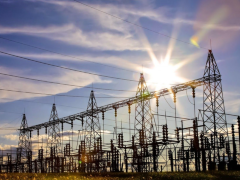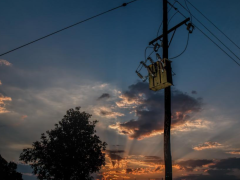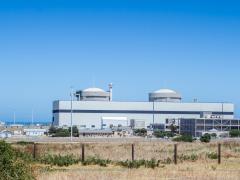The Department of Mechanical Engineering Science at the University of Johannesburg (UJ) has proposed that South Africa should establish an open ancillary services market to maintain grid stability and drive competition under the country’s new Electricity Regulation Act (ERA).
The findings were presented by Professor Pathmanathan Naidoo, Research and Innovation Chair: Green Economy, during the CIGRE Southern Africa Regional Conference in Pretoria from October 14-17.
The ERA, which took effect on January 1, 2025, was cited as a cornerstone of South Africa’s electricity market reform.
“The ERA is transforming the industry from a historic monopoly to a competitive electricity market, enabling multiple generators and traders to purchase and sell power through an open transmission platform,” said Naidoo.
Under the Act, the National Transmission Company South Africa (NTCSA) currently performs the role of an independent transmission system operator (TSO) until a dedicated state-owned TSO company is formally established by 2030.
The paper’s central technical recommendation is that balancing and ancillary services – such as reserves and reactive power support – should be traded in an open market rather than managed internally by Eskom.
Naidoo noted that, while the costs of ancillary services are currently bound in base tariffs, “in a competitive market, these become distinct physical and financial contracts”.
The paper argues that opening the ancillary services market will encourage competition among qualified providers, lower prices through transparent market forces and enhance grid reliability amid growing renewable energy penetration.
Naidoo drew parallels with the Joburg Fresh Produce Market as a model for transparent price discovery and trust-based cooperation between public and private sectors, and with the Southern African Power Pool as a precedent for the evolution of ancillary and balancing services into tradable products. “Moving forward, the NTCSA should prioritise establishing an open ancillary services market as a foundational step in implementing South Africa’s new competitive electricity framework.”
